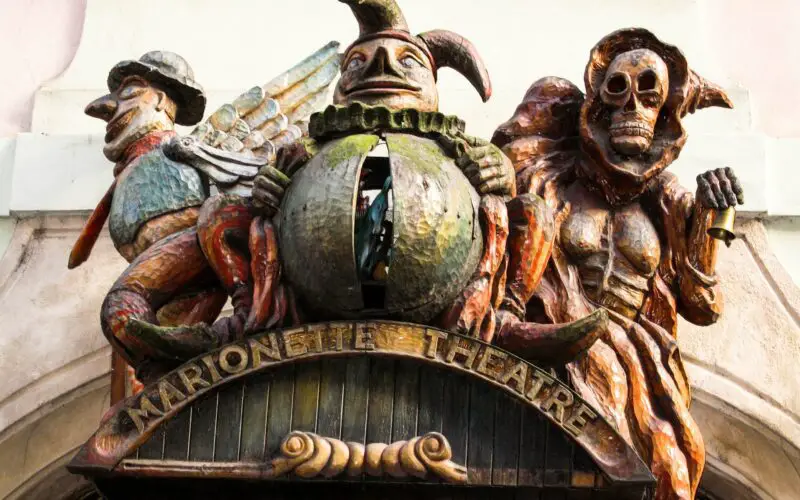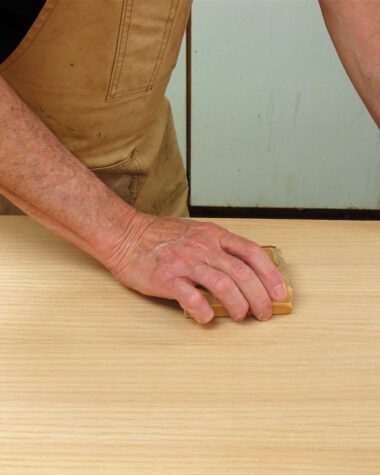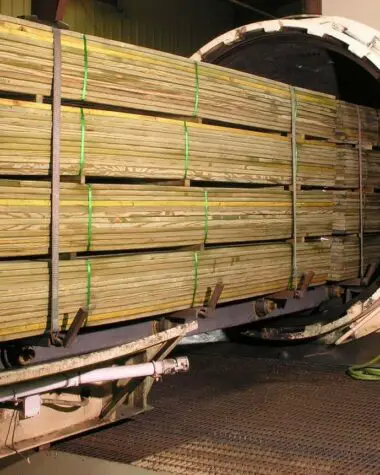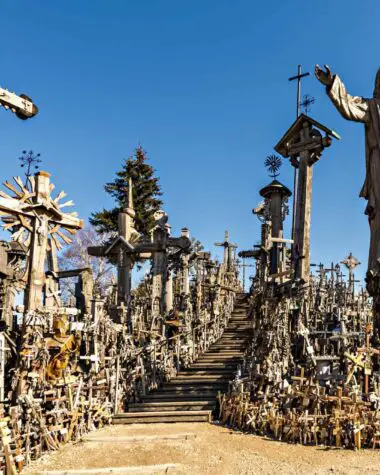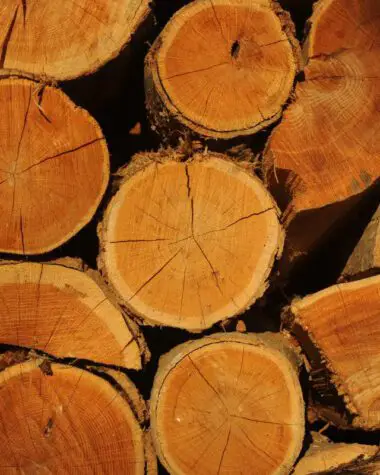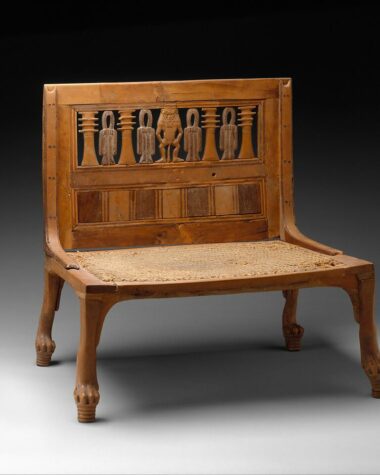Central Europe pulls its own string to enrich the culture of conveying a vision of the world. As part of it, the puppet theater of Slovakia and Czechia is a powerful education tool that conveys the messages of never-dying and always-relevant moral values.
The puppets, which might have fictional or actual characters, are often made of wood and animated in various ways. Let’s take a thorough understanding of the cultures of Slovakia and Czechia that come with strings.
Did You Know?
Covered by unspoiled forests and mountains, the history and traditions of both Czechia and Slovakia have always been intricately related to working with wood. Also, the countries’ upbringing has been significantly influenced by religion. The Czech version of the Catholic religion is far more liberal than the Slovaks, who comprise around 60% of Slovakia’s population.
The power of puppet theater has been used for more than just children’s entertainment throughout history. Instead, it was a powerful tool for spreading otherwise dangerous-to-speak-out-loud realities covered by the deft puppet masters’ hands in the shape of wisecrack and puppetry performances.
History: Pulling the Origin of Puppetry in Czech
The origins of Czech puppetry can be traced back to the 18th and 19th centuries. The story began when traveling puppeteers gave performances in Czech at local fairs all across the Bohemian countryside. But before puppetry reached the Czech borders, theater performances were held in German when the Czech territories were still a part of the Habsburg Empire.
Therefore, not only were these traveling puppet plays the majority of people in rural areas’ first exposure to theater of any kind, but they were also the only kind of theater that was regularly presented in the country. The Czech National Revival movement, which placed a strong emphasis on speaking Czech, supported puppetry and considered these traveling puppeteers as guardians of Czech language and culture.
Thus, puppetry gained recognition as a kind of art favored by intellectuals and revivalists. Leading sculptors and artists started creating and designing puppets, which grew extraordinarily refined as they became more stylized and detailed. Family puppet theaters gained popularity and were frequently exquisitely planned and furnished. The situation of the puppeteers was not always improved by this, as many of them passed away with nothing.
UNESCO and the Charming Puppets in Slovakia and Czechia
As said, puppet theaters began to be performed in the two nations in the 18th century. Currently, there are about 3000 amateur puppet theaters in addition to professional ones. And while this on its own makes the Slovakian and Czech puppetry immensely outstanding, there is also much more value concealed in the endearing puppets than what is first apparent.
According to Jiri Bares, a traditional puppet maker specialist, the puppet is an excellent mediator that shows the art world to children, making them react well to it. Thus, it is the reason why many people are involved in puppet theater.
Meanwhile, the UNESCO classification was highly anticipated since it was crucial for preserving puppetry and passing it along to future generations. Of course, this accolade was well-deserved, but the villagers welcomed it with open arms. Relatively, Lenka Jaklova, who worked as a campaigner for UNESCO’s designation, sums up beautifully why the puppetry theater deserves such an honor.
“It’s a wonderful discipline which develops imagination, which develops creativity. It is about ordinary and extraordinary things.”
Lenka Jaklova
As a result, the puppet theater of Slovakia and Czechia was officially listed as part of the Intangible Cultural Heritage of Humanity at a meeting of the Intergovernmental Committee for the Safeguarding of Intangible Cultural Heritage in Addis Ababa, Ethiopia, in 2016.
Behind The Scenes Of The Puppet Theater
The native theater and literary traditions in Slovakia and the Czech Republic both heavily incorporate puppetry. Additionally, it plays a significant part in socializing, assisting artists in growing as creative thinkers and learning about collaboration, communication, and enhancing their sense of self in society. Puppet shows currently emerge in various forms but still depend on tradition, appearing alongside other traditional rites and joyful events like feast days, markets, and fairs.
Performers, playwrights, puppeteers, costume designers, and stage managers are examples of practice carriers. Within performing communities, skills are passed down by imitation and practice. However, skills are also passed down in Slovakia through traditional puppetry dynasties, workshops organized by non-profit groups, and music and art colleges.
The Magic Of Puppetry Folk-Style Carving
While discussing the beauty behind the rich cultural heritage of the art of puppetry of the Slovak Republic and the Czech Republic, it is only fair to dig deeper into understanding the leading characters of the puppet theater – the puppets. In particular, wood carvers are closely related to Slovak and Czech puppetry. A strong and deeply ingrained tradition has been created through transmitting knowledge and experience from one generation to the next.
Carving wood into beautiful puppets that come to life on stage is exciting and enjoyable, but it’s challenging. Each puppet maker pours their soul into the creations, but they must continue faithfully transmitting the enchantment of folk-style carving.
While a lot of creative flexibility is involved in the process, each character has important characteristics that must be sensed through the carver’s heart and then successfully incorporated into the carved puppet. The best method for bringing the past into the present while preserving folklore customs is to maintain the major characteristics of the characters.
Final Thoughts: The End of String
As we reach the end of the string, we will find the factors that make the puppet popular. The culture and tradition are bound by using wood in creating the puppets. From keeping the folklore traditions alive by carefully carving and clothing the puppets to writing the script of a play and setting up the stage décor, the lifelong learnings, facts, and beauty of puppetry in the region has never stopped from being enduring for centuries.
Lastly, as if to perfectly round it out, the Czech saying goes: The best time to plant a tree was 20 years ago. The second best time is now.
